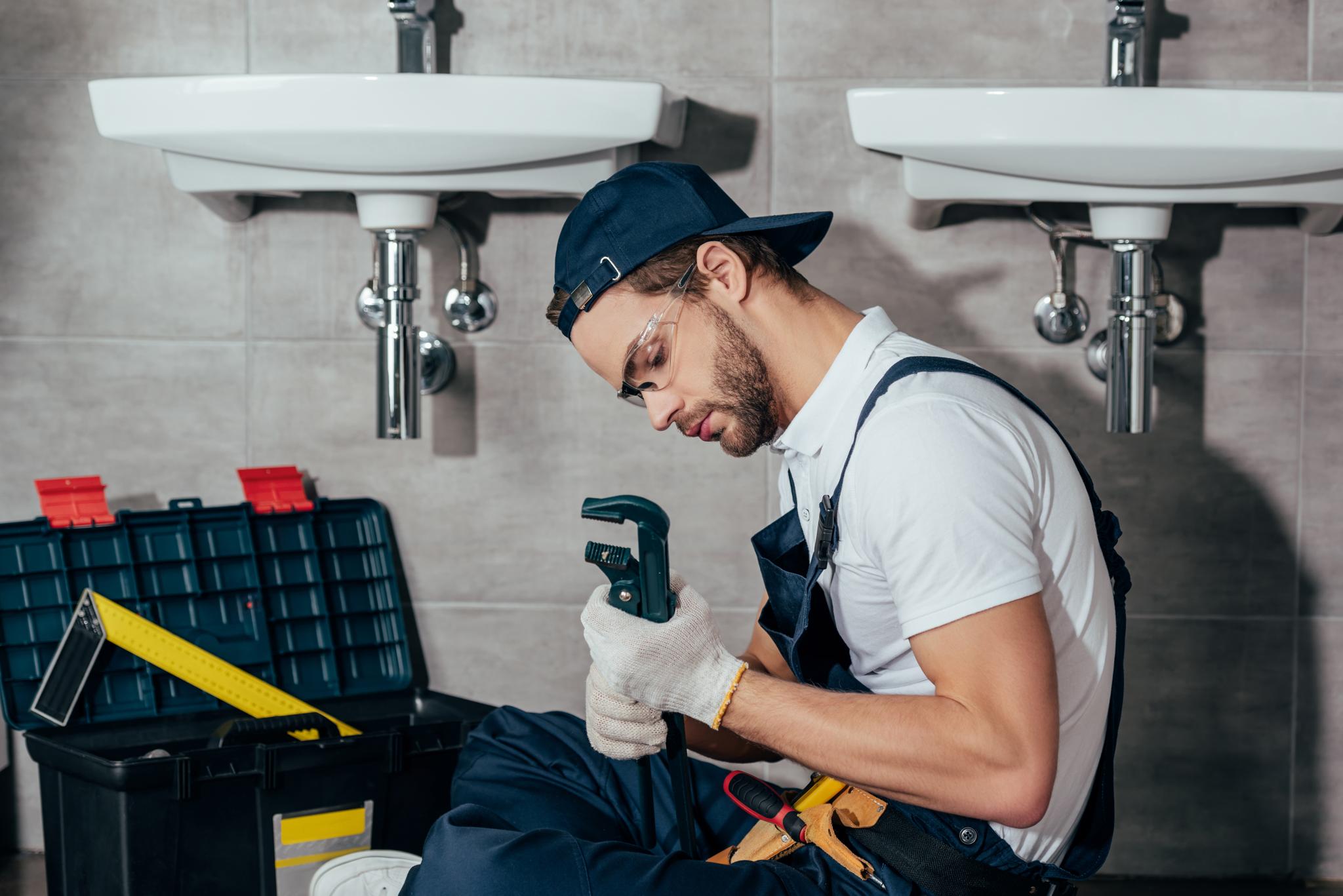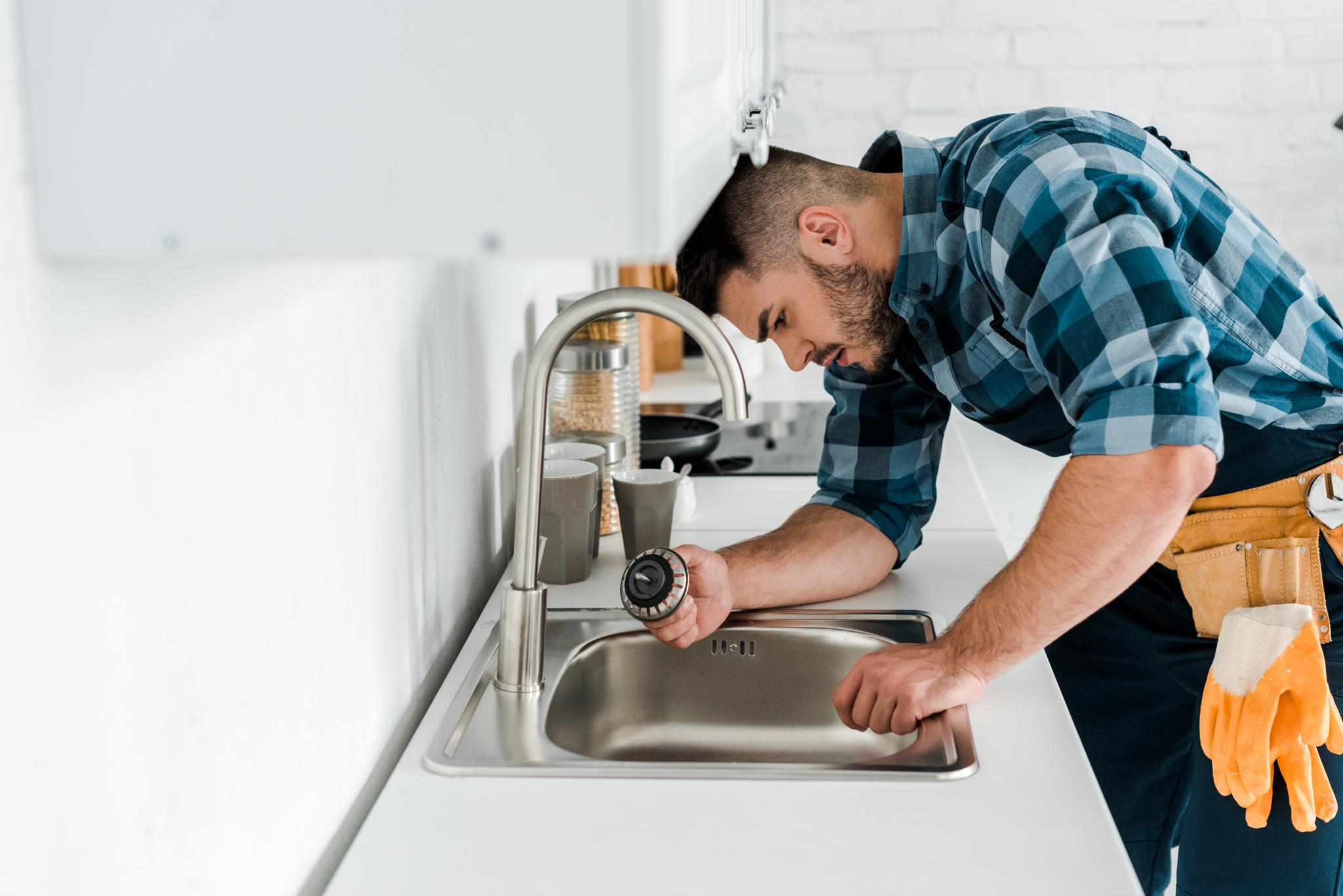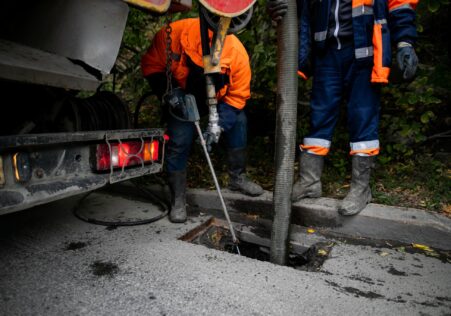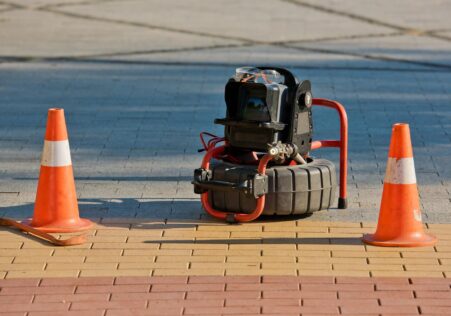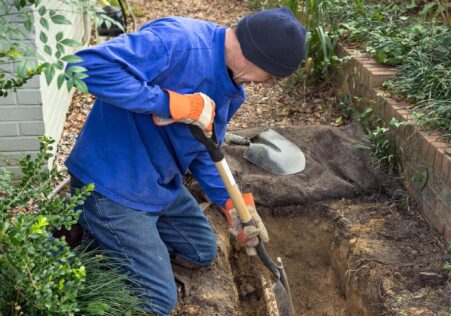Understanding the Differences Between Pipe Relining and Pipe Replacement
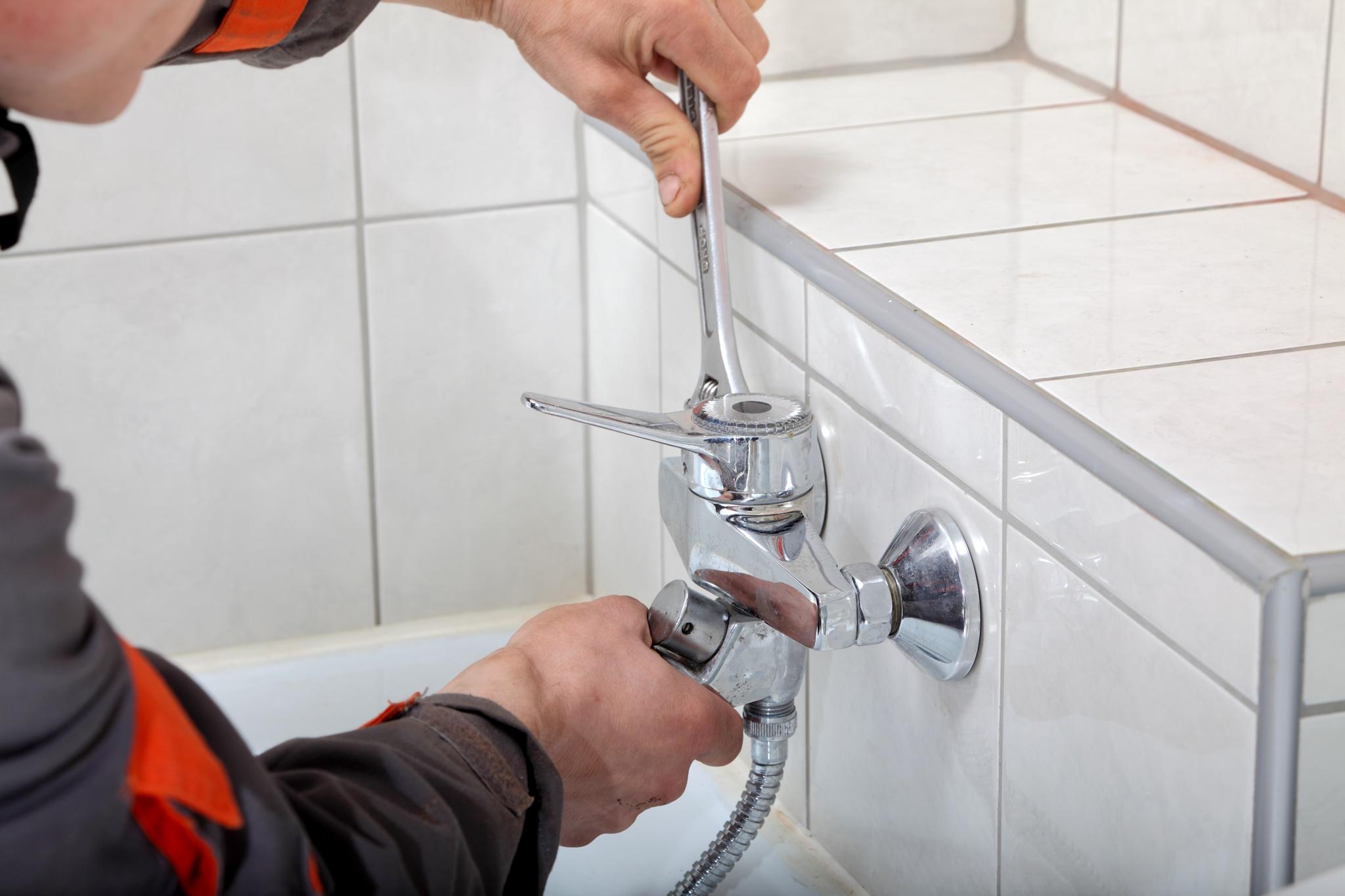
In the case of fixing damaged pipes, two popular methods are pipe relining and replacement of pipes. Both approaches aim to restore the function of your pipelines, but they differ in a way that you need to know.
Key Takeaways
- Relining pipelines is a cost-effective and swift process for restoring damaged pipelines.
- Linings made of CIPP are used for pipe relining.
- Epoxy resin is used to line the inside areas of the pipe. This cures to creates a new inner lining in the pipe.
- Pipe relining is time-efficient, cost-effective and lasts for up to 50 years.
- The traditional method of replacing pipes is digging up areas of the property in which pipes are located.
- Pipe replacement may be necessary in the case of pipes that have been severely damaged.
- A brand-new pipeline installed with pipe replacement has a lengthy life span (75 or 100 years).
- Replacement of pipes can be costly and time-consuming.
- The decision between pipe relining versus pipe replacement depends on the level of damage.
In this article, we’ll go over pipe relining in comparison to. replacing pipes and figure out which one suits your requirements better.
What is Pipe Relining?
Pipe relining, also known as Cured-In-Place pipe (CIPP) lining is a cutting-edge repair method which offers a low-cost and quick solution to repair damaged pipelines.
Here’s how it is done:
- Technicians clean the pipeline with high-pressure jetting or mechanical cleaning.
- Then, they place epoxy resin made from fiberglass or polyester liner in the existing pipeline.
- The liner gets dried to form a brand new inner lining within the old pipeline that’s as robust as a new one.
Pros of Pipe Relining
- Time-efficient: It generally takes only 2 to 3 hours to complete the entire process compared with excavating for days for traditional methods of replacing pipes.
- Cost-effective because there is no excavation or removal required in pipe relining, it can save almost half of what you would spend on traditional repairs.
- Durability – The new lining formed by pipe relining can last for 50 years!
Pros and Cons of Pipe Relining
- Not suitable for very damaged pipes. If there are significant damages such as cracks or collapses or joints that aren’t aligned properly within your sewer line then pipe relining is not a possibility.
What is Pipe Replacement?
Pipe replacement involves digging up portions of the yard/sidewalk/driveway where underground pipes are located. These areas could contain collapsed pipes or extremely damaged ones caused by the effects of time or neglect.
The following steps are typical of traditional pipe replacements:
- A team of excavation workers digs access to the damaged underground pipe.
- The pipeline that was previously in use is detachment and dredged out, producing a lot debris that requires disposing of.
- Then, they install another pipeline in place of the old one.
Benefits of Pipe Replacement
- It is suitable for pipes with severe damage If you have to replace pipes that are suffering from significant corrosion or damage, pipe replacement is the best option.
- Long-lasting – The latest pipeline that is installed by pipe replacement has a long lifespan (75 up to 100 years) which makes it a great solution for homeowners who want an option that is long-lasting.
Pros and Cons of Pipe Replacement
- Extraction work that is costly for pipe replacement could be long and costly.
- Time-consuming – Traditional pipe replacements can take weeks depending on the scope of work and the depth of excavations needed.
Which one should you select?
The choice between relining or replacing your pipes mostly is contingent on the extent of damage caused. If your pipes have small damages, like cracks or leaks of a minor size, the relining process is probably the better option since it’s less costly and also quicker than traditional replacements.
However, if there are serious damage, such as collapses or broken pipes and breaks, you must consider traditional pipe replacement although it may be more expensive and may take longer.
| Pipe Relining | Pipe Replacement | |
|---|---|---|
| Procedure | CIPP lining using epoxy resin | Excavating and replacing the old pipeline |
| Pros | Time-efficient- 2 to 3 hours to complete | Suitable for severely damaged pipes |
| Cost-effective – Almost half of traditional costs. | New pipeline lasts for 75 to 100 years | |
| Durable – Lasts up to 50 years | ||
| Cons | Not suitable for severely damaged pipes | Costly |
| Time-consuming | ||
| When to choose | Minor damages like cracks or minor leaks | Severe damages like collapses or breaks |
Frequently Asked Questions
What is pipe relining?
Relining pipes is a process which involves the creation of a new pipe in the damaged pipe. This is done by inserting a liner that is flexible into the old pipe and then curing it in place. Once it is cured, the new pipe has no joints or seams, which enhances the structural integrity of the pipe.
What does traditional pipe replacement differ from pipe relining?
Traditional replacement of pipes involves digging up and physically taking away old pipes, and then replacing them with brand new ones. The alternative, pipe relining doesn’t require excavation; instead it’s accomplished using technology that allows for pipeline repair without digging up large portions of land.
Which is more cost-effective - the pipe relining method or traditional pipe replacement?
Relining pipes typically cost less than traditional methods for pipeline repair as there is no cost related to excavation and other techniques needed for removing and replacing old pipes.
Can all kinds of pipes be changed?
Some types of pipes can be successfully relined. The plumber must examine the situation to determine if it is feasible to line your specific kind of pipes. But, the majority of modern pipes can be relined by this method.
How long will the process of pipe relining take?
The exact time required for the procedure is contingent upon various factors such as location, environment and type of damage; however the average Pipe Relining job typically takes around 2 days, depending on the number of meters require lining..
In conclusion, if you wish to avoid digging works and save money while restoring damaged pipelines’ function to its maximum, consider opting for our Perth Blocked Drains Plumbers ‘s rapid and effective pipe relining services. Contact us today!
Additional Information
- How CCTV Drain Inspection Saves You Time and Money in the Long Run
- Save Money with These Simple Drain Maintenance Techniques
- Resolve Your Sewer Issues With No Spending Much: Pipe Relining
- Keeping Costly Drain Repairs at Bay with Routine Inspections
- Why Pipe Relining is a Cost-Effective Solution for your Business’ Plumbing Issues?
- Discover the Best Pipe Relining Materials for Your Plumbing Needs
- Pipe Relining: An Ultimate Solution for Residential and Commercial Properties
- Sustainable Sewer Repair: Benefits of Relining
- How to Determine if Your Piping Require Relining
- Say Goodbye to Messy Plumbing Repairs with Trenchless Pipe Relining


